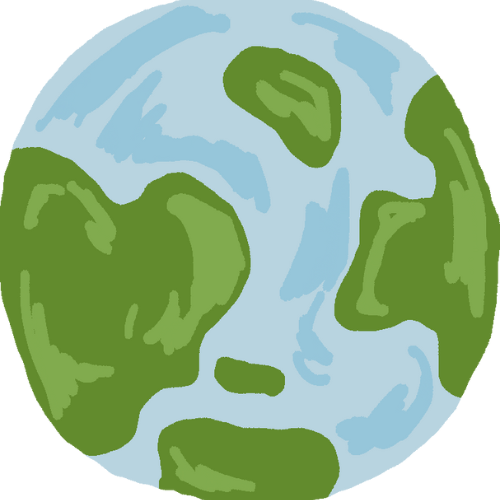 Climate Mental Health: Climate Justice
Climate Mental Health: Climate Justice
People from under-resourced communities often disproportionately feel the impacts of climate change as they are more likely to live in communities that experience environmental disasters, higher air pollution, or higher ambient temperatures. Exposure to these hazards may lead to increased damage to or loss of infrastructure and homes, health issues, and possibly even forced migration. Due to these disproportionate effects, climate justice should be at the center of every discussion about climate change and its impacts on health.
